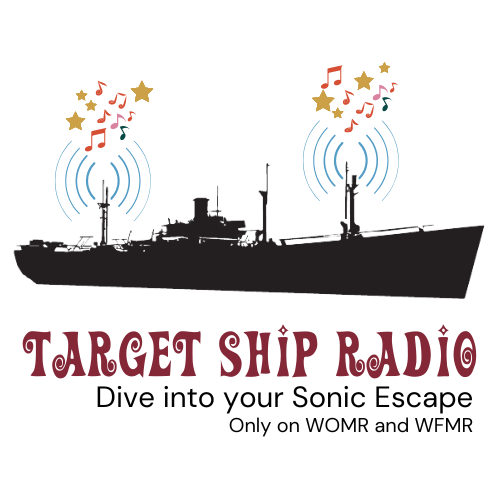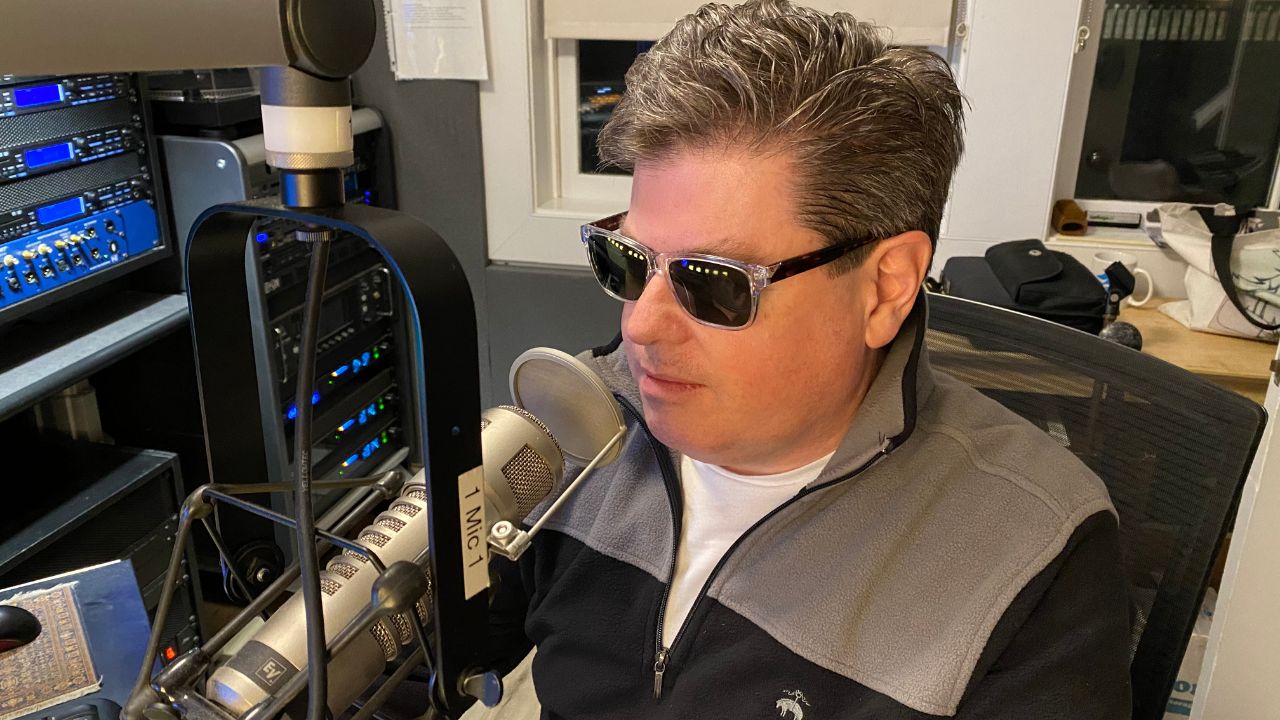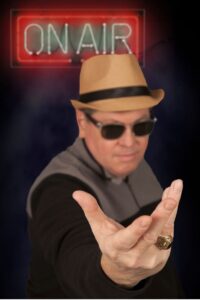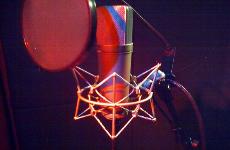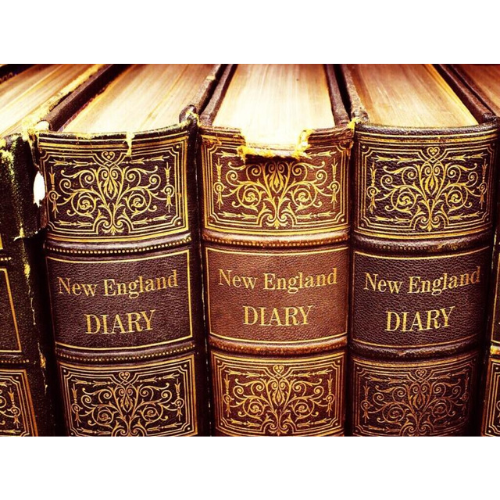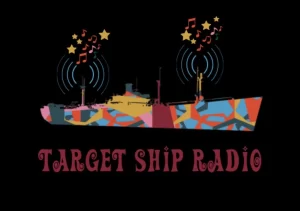HIT the AIRWAVES
with Target Ship Radio
Only on Provincetown WOMR 92.1 and Orleans WFMR 91.3, and streaming worldwide on WOMR.org
TARGET SHIP RADIO
What is Target Ship Radio?
‘my songs’re written with the kettledrum
in a mind/a touch of an anxious color.”
–Bob Dylan, liner notes to Bringing It All Back Home (1965)
That phrase, “a touch of anxious color,” always strikes a chord with me. Every time I see it and read it. It’s quintessential Bob Dylan, for sure. And in a way it also captures the mood of the 1960s. The 60s were anxious and full of kaleidoscopic colors. It had lots of forward momentum. And it went off in myriad directions.
I also think the phrase captures the sea, too. Certainly, those who are seafaring. Calm waters can turn into frothy squalls in quick measure. And let’s not forget the vessel itself. Will it make the journey? Will you make the journey? There’s always a sense of foreboding, danger even. But there are those placid traverses, too. You know, the one where a gentle wake fades into the setting sun.
Time and perception can be warped in the waters. Is something coming or going? Past, present, and future seem to all merge as one on the sea.
Anxious color.

Radio Caroline

SS James Longstreet
FAVORITE BANDS
best of the
60S
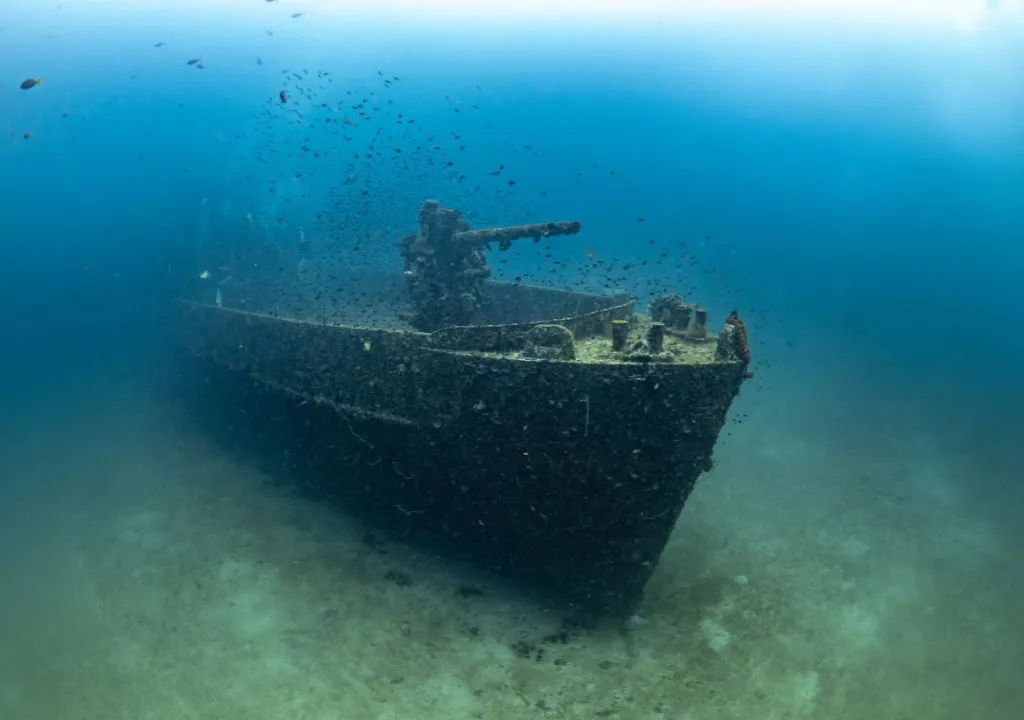
Led Zeppelin, Strawberry Alarm Clock, Elvis Presley, Lou Rawls, Tangarine Dream, King Curtis, and More!
best of the
70S
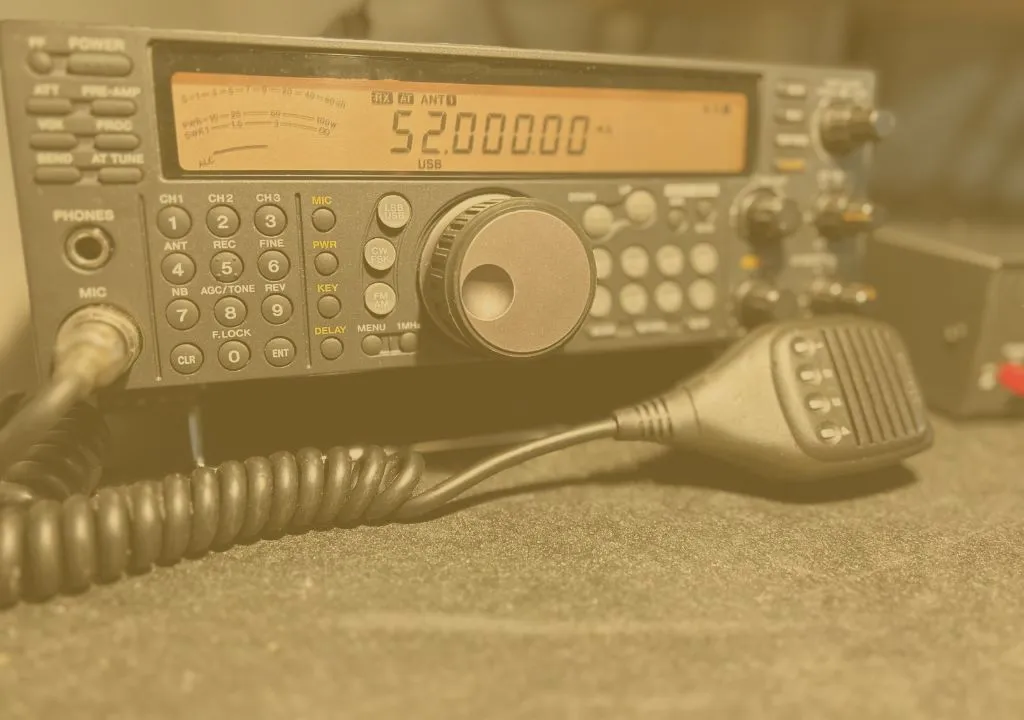
The Clash, Squeeze, The Carpenters, The Emotions, Little River Band, John Stewart, Andy Gibb, and many more!
best of the
80S

U2, Simply Red, The Ocean Blue, INXS, The Sundays, Trashcan Sinatras, Julee Cruise, AR Kane – great music!
best of the
90S
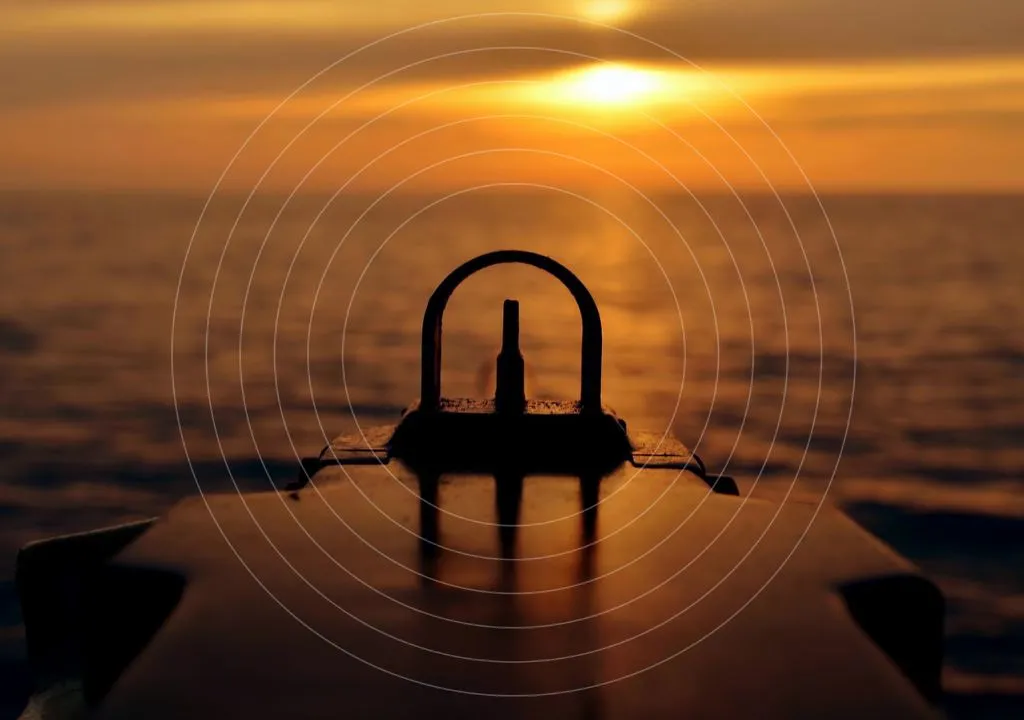
Black Grape, LEN, Lenny Kravitz, Ivy, Sterolab, Fun Lovin’ Criminals, Chris Isaak. We love those 90s tunes.
best of
Now

The Wake, Leah Blevins, Foals, Silk Sonic, Taylor Swift, Heavenly Beat, Beach Fossils, Grace Grundy.
INTERACTIVE PLAYLISTS
June 8, 2025
May 30, 2025
May 25, 2025
May 11, 2025
Apr 30, 2025
Apr 13, 2025
Mar 30, 2025
Mar 16, 2025
Mar 02, 2025
Feb 16, 2025
YOUR DJ
Braintree Jim
“Things are happening so incredibly fast.”
–Dave Swaney (liner notes to The Byrds “Greatest Hits,” 1967)
My earliest recollection of hearing music goes back to sounds emanating from my father’s vintage early-1960s Zenith stereo. You know the one. Mad Men era. It was more like furniture and modern art than a sound system. It was gorgeous. But by today’s standards of true high fidelity it wouldn’t pass muster. The speakers never really rumbled at the lower register; the window frames never really rattled. Still, it was a joyful noise.
Growing up in metropolitan New York was fantastic if you were a music fan. It had the best radio stations, the best live venues, and the best places to purchase music of any kind.
For reasons I do not fully understand to this day (maybe I should ask!), my mother’s station wagon was set to WHN, an AM station (1050 on the dial). Its tagline was “Easy Lovin’ Country.” The station was a middle of the road music mutt before making the switch in 1973 to country. Few thought that country music would survive, let alone thrive, in The Big Apple. Tellingly though, it would not be the last big format change in New York City or other major markets. And, interestingly, while music was always playing in the house, country music was not in rotation, except for the random John Denver album of which many would consider country-lite. My parents grew up with Elvis and Sinatra.
Needless to say, country music back then was nothing like it is today. And perhaps unsurprisingly, when it came time to seek some sonic freedom, country was last on my list.
I remember the first album I ever received like it was yesterday — a gift, as it were. K-Tel’s “Music Machine,” straight out of 1977. I still have it. It was full AM hits from that period. Nothing earth shattering but it was a far cry from the hootenanny I had been subjected to in the car on the road. Right around that time I received my first genuine stereo. It was an Emerson and housed a turntable, AM/FM radio, 8-track, and an auxiliary option. The standing speakers that came with it — and subsequent upgrades — were fire-breathers compared to my father’s. Mine were ready for WWIII while his were still fighting the Revolutionary War. The windows upstairs rattled. I was in heaven.
Music wasn’t nearly as mobile back then. Sure, there were cassettes and 8-tracks (and later Compact Discs) that could play in cars. The Sony Walkman was introduced in 1979 and the first commercial CD was released in 1982 (Billy Joel’s 52nd Street). I think that was the beginning of music being portable on a scalable level. But records were different. They had been around since the 1880s. You had to flip records over. They required manual intervention. Perhaps as a consequence, you actually listened. I will repeat that. You actually listened. I grew up when vinyl ruled. And by vinyl, I mean the LP, not the 45 — although they were fine, too.
I was influenced by the times.
I listened for endless hours and wore out the grooves of many records. I remember lying on the rug in my room between two speakers and absorbed the vibe; I absorbed everything. Listening to music was much more of a tactile pleasure. It was a combination of art (album covers and gatefolds), literature (liner notes, essays, lyrics, and other pertinent information — like who wrote and played on the songs), and the music itself. I learned to appreciate music — especially the riffs, the grooves, the hooks, the melodies – and all the ingredients that produced an album.
But radio was the dominant platform (or as we might say today, distribution channel).
Hence, AOR or album-oriented-rock was a permanent fixture on my FM tuner: WPLJ (named after a Four Deuces song “White Port and Lemon Juice”) (95.5), and WNEW (102.7) and, later, WFUV (90.7). DJs back then were like family; they floated into your home the same way Walter Cronkite beamed into living rooms across the country each night. I got to know on-air personalities like Pat St. John, Scott Munie, Vin Scelsa, and Shelli Sonstein. You knew their voices, their playlists, and their lives. I had an affinity for them. They were stars and they cavorted with the stars.
For the most part, it was a steady diet of Led Zeppelin, The Who, The Beatles, The Eagles, and, in that time and area, an up-and-comer named Bruce Springsteen.
(My earliest memories of radio on Cape Cod were of WVLC, WKPE, and, later, WPXC. Boston stations’ signals barely made it across Cape Cod Bay. But 680 WRKO did and played Top-40 during those days. I can remember my father calling into a recording service on WVLC to report on local pony league baseball game results, which were broadcast the next morning. A far cry from today’s digital technology, the whole thing fascinated me.)
LOCAL EVENTS
Stay up-to-date with all things happening in our listening area. Check out our Station Community Calendar.
mUSIC nEWS
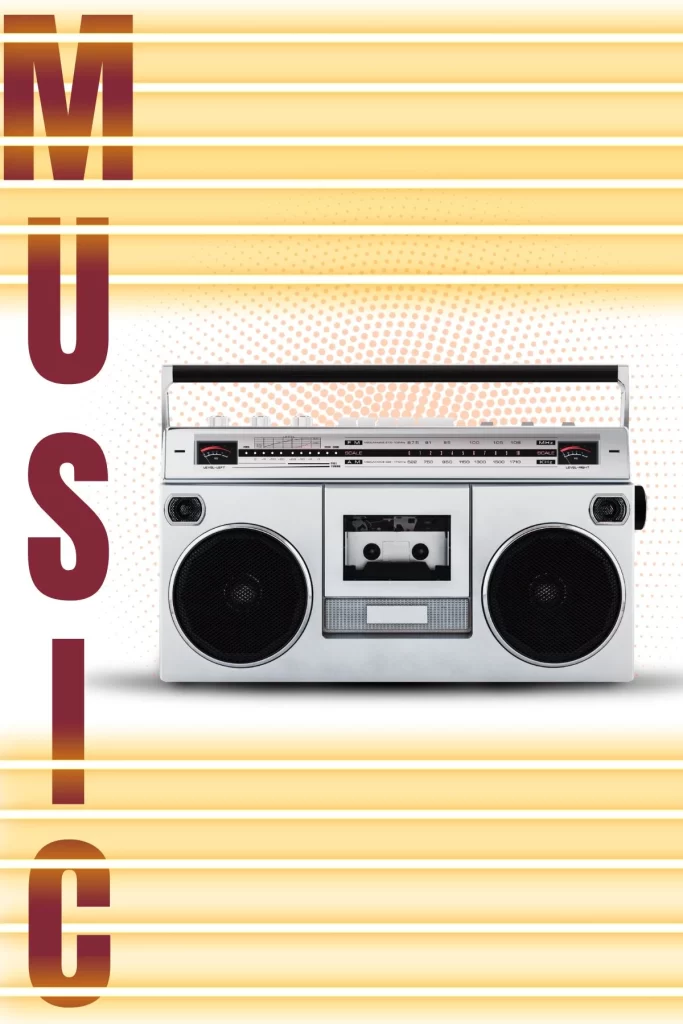
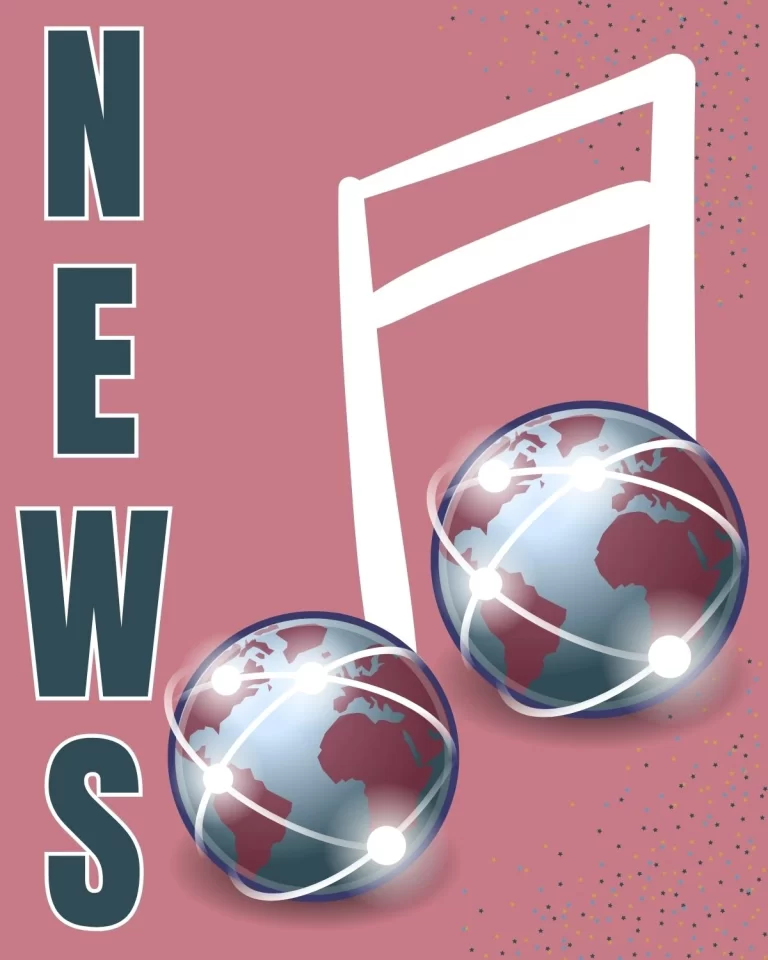


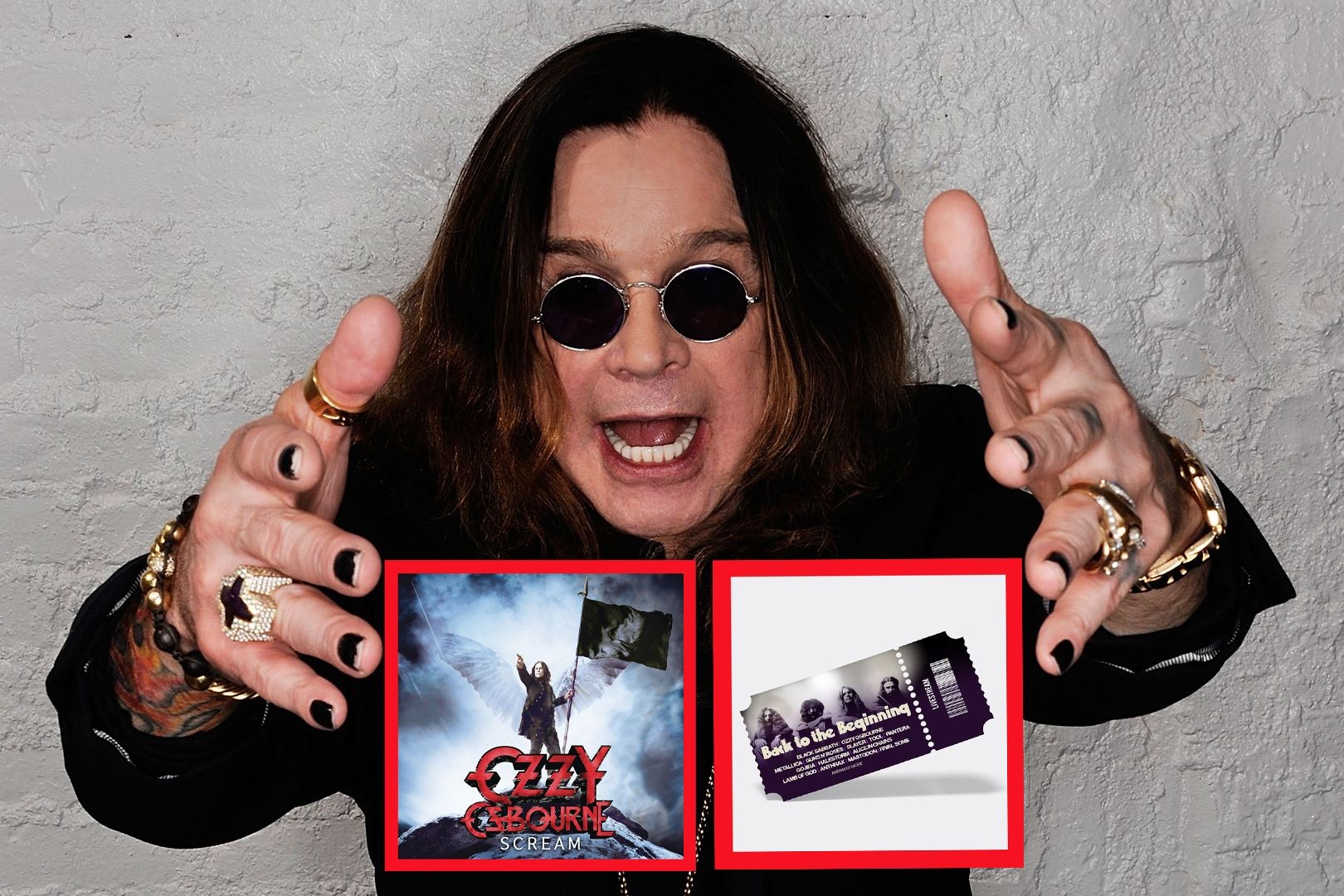
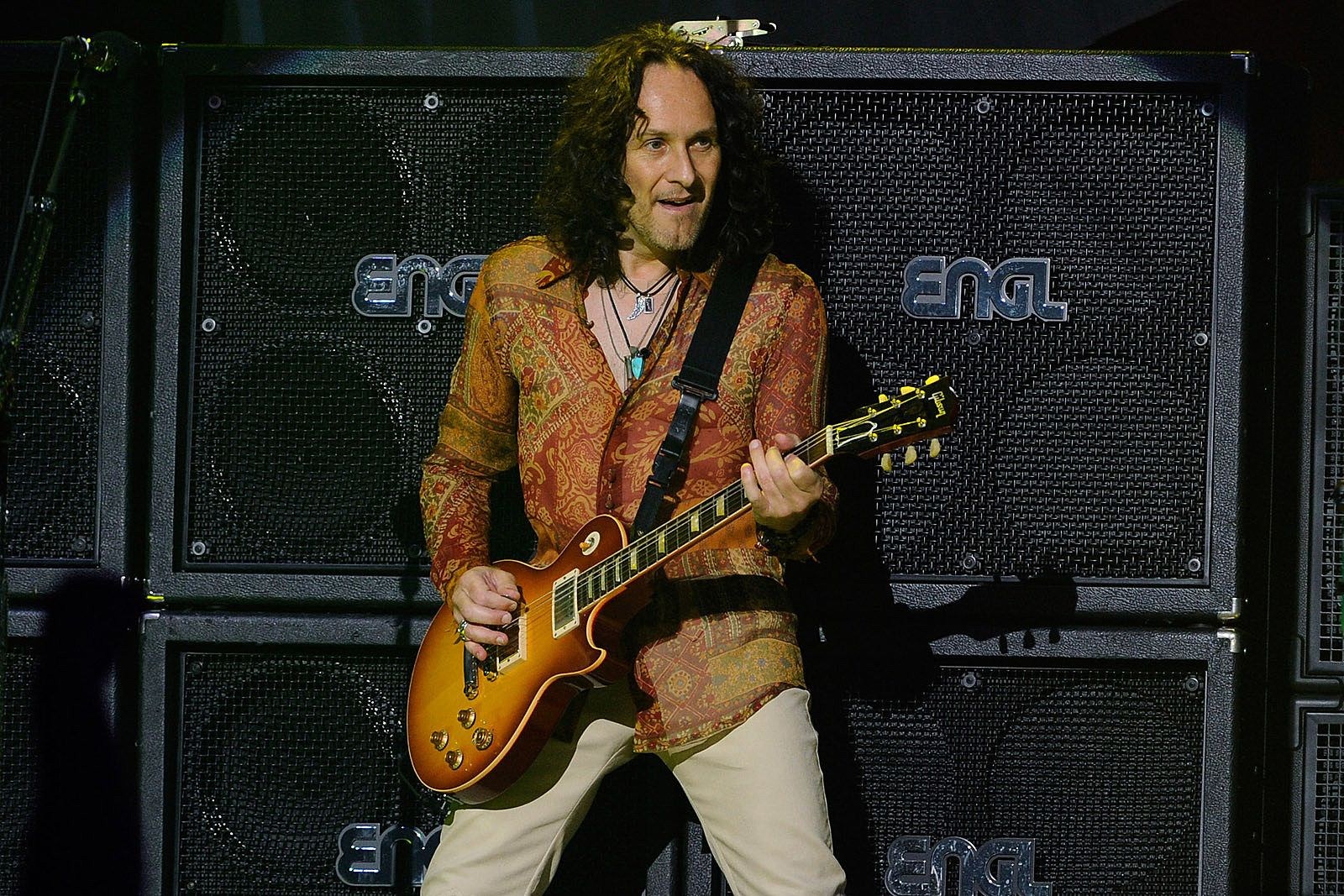
MEDIA
New England Diary, 8/17/2023
The Genius of Robert Cray
New England Diary, 4/23/2023
Refashioning 'Chill & Dream'
for the Post-COVID Era
New England Diary, 1/11/2023
From P-Town, Robert Cray in a 'Iodestar' show; looking at the Portland Gale
New England Diary, 7/21/2022
Cross-Generational Music from the Outer Cape
“I find it amusing that not long ago, kids would use their generation’s music to rebel against their parents,” he muses. “Now, it seems like kids are rebelling against their parents but using their parents’ music. We’ve come full circle. That’s the universal appeal of music.
New England Diary, 7/4/2022
The Staying Power of '70s and '80s Popular Music
“So much of today’s new music longs for nostalgia, this quest to regain or relive some semblance of what is believed to be better times from a bygone era. It’s quite remarkable. You can hear it in the tunes, a steadfast reverential pastiche for ‘70s and ‘80s music.
New England Diary, 2/21/2022
'Chill & Dream' in a Sonic Sanctuary on the Cape
The radio show Chill & Dream returns to the airwaves. WOMR is celebrating 40 years on the air. Where were you in 1982? Need an escape in 2022? Chill & Dream is, says creator and DJ “Braintree Jim,” your sonic sanctuary, exploring old and new dimensions of sight and sound.
New England Diary, 10/22/2021
Enjoy Sonic Escapism at Non-profit Station on the Cape
One show caught our particular attention. It is intriguingly called Chill & Dream. The DJ, who goes by “Braintree Jim,” recently told us that the music he plays is a form of sonic escapism and aural nostalgia. “People are searching for a refuge from the storm,” he said.
TARGET AUDIENCE
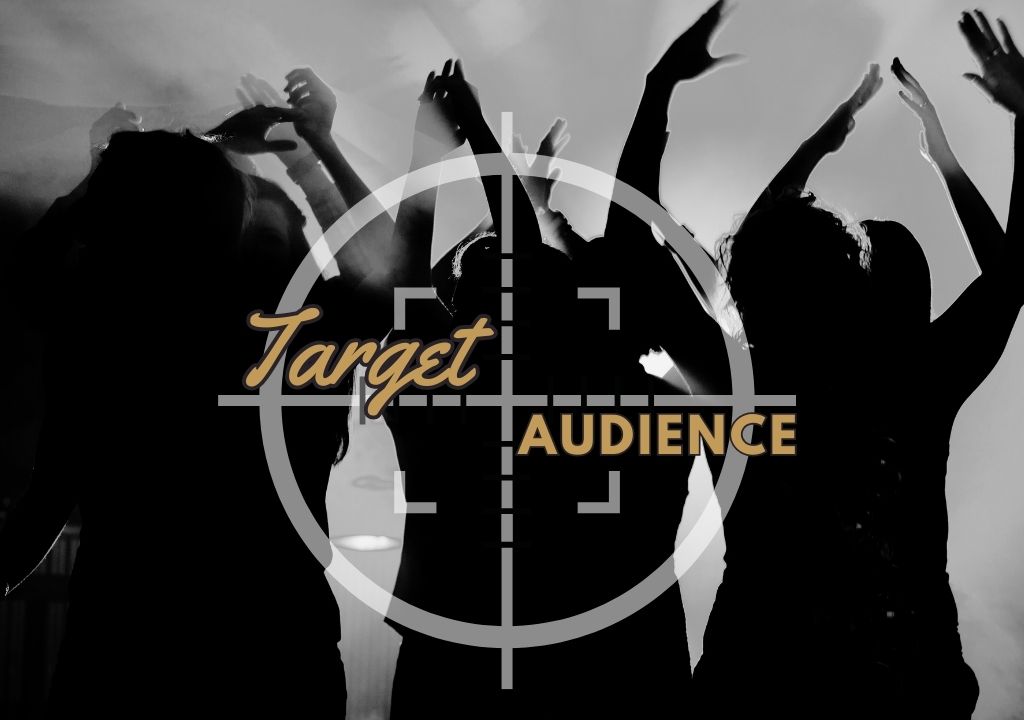
Subscribe to Join our Target Audience.
And, feel free to include a link to your favorite playlist in the message box below, and you just may hear your playlist across the radio waves.
